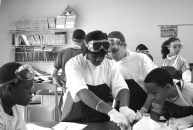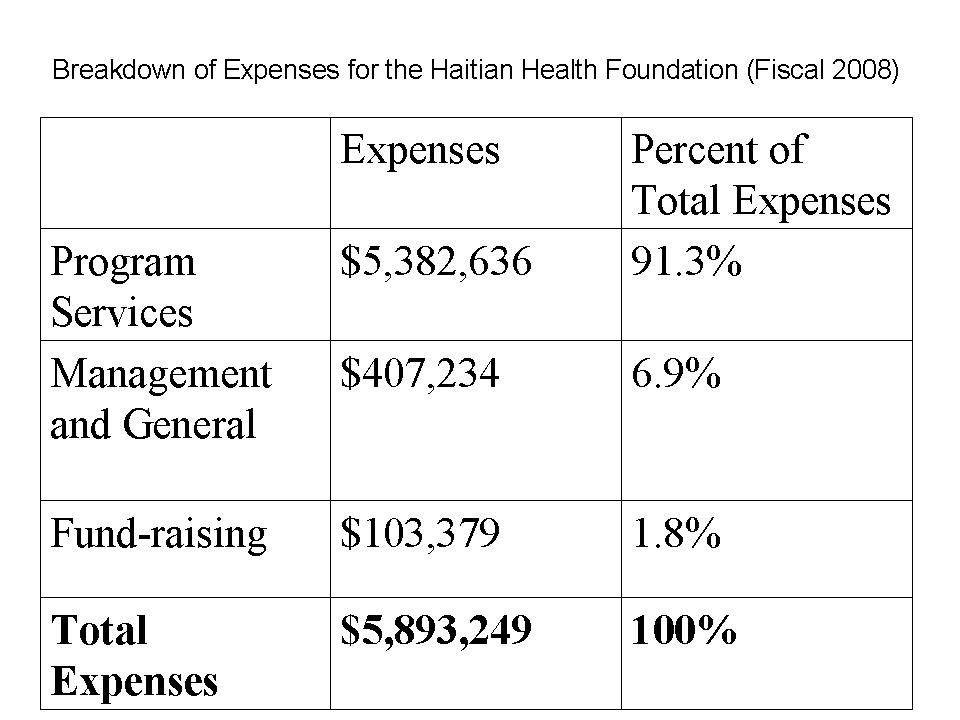If you have ever had to part with a dog that you lovingly raised from puppy hood, Erin Cleary knows how you felt. Her job is to get people to adopt a dog and then give it back.
Ms. Cleary is staff coordinator for a corps of volunteer “puppy walkers” who help the Guide Dog Foundation for the Blind, Inc., fulfill its mission to breed, train and dispense seeing-eye dogs to the people who need them, free of charge.
These are no run-of-the-mill mutts. The dogs are Labrador and Golden Retrievers, bred at the foundation’s seven-acre campus in Smithtown, New York, for their temperament, gentleness and intelligence. Each pup is placed with a puppy walker foster family at the age of seven weeks. For the next year — until the dog is ready to begin its formal guide-dog training at the age of 14 months — the puppy walkers introduce the animal to the wide, hazardous world where it will spend its working career.
“You have to do all the puppy training, the housebreaking, but the most important job you do for the first year is to socialize the dog,” said Carolyn Giordano, who has raised three guide dog puppies since joining the program in 1994. Socialization includes taking the dog on field trips to a variety of public places, including restaurants, shopping malls and the New York City subways.
“It’s very important they get that exposure,” Ms. Giordano noted, because “when the guide dog trainers take them out (after the dog is returned to the Foundation), then none of that is a distraction for them, because they have been out there a hundred times. Now they can focus on the guide dog part of the training.”
Ms. Cleary, a former puppy walker herself, tries to help the volunteer get past the hurdle of returning a dog he or she has come to love.“
You go into this with the mindset that...it is not really your dog, even though it has become quite a part of you,” Ms. Giordano said, recalling the first time she returned a dog to continue its training at the Foundation. “I dropped her off and Erin said, ‘Are you okay? Are you okay?’ and I said, ‘I’m fine, she’s going to go on and make me proud.’ And I got in the car and started driving home and all of a sudden, from nowhere, I burst into tears.”
After returning to the Foundation, the still-young dogs spend three to six months with a trainer learning the tricks of the guide dog trade. There is the everyday routine of managing loud noise, navigating pedestrian traffic, and handling trains, streets, escalators and steps. The dog must learn that, when in harness, he is “on duty” and cannot respond to temptations like cats, other dogs and good-natured passersby offering treats. The dog also learns “intelligent disobedience,” meaning that sometimes it must refuse to obey a command such as “forward” when heavy traffic lies ahead.
At the end of the process the future guide dog owners are brought to the Foundation’s on-site dormitory for 25 days of training and matchmaking. Phyllis Herrington, the Foundation’s consumer outreach coordinator and a guide dog recipient herself, said that learning to trust a dog is a big step. “When I was using a cane, I felt like I was totally in control. With a guide dog, I’m having to trust that an animal is going to stop at the curb.”
Dogs offer their masters much greater mobility than a cane, Ms. Herrington said. To reach her own job at the Foundation, her dog leads Ms. Herrington across busy Jericho Turnpike — a street she never would have attempted on her own. “When we did our first street crossing, I thought it was the grandest thing,” she recalled.
It costs at least $25,000 to prepare a dog-and-owner team, the Foundation calculates. Many dogs are “sponsored” by individuals or companies. For a gift of at least $5,000, the sponsors are allowed to select and name a puppy, receive progress reports and meet the eventual owner.
After a working career of eight to 10 years, most guide dogs are “retired” to a new foster family. But what about the animals that fail to make it through guide dog training?
Don’t worry. They find gainful employment with outfits like the federal Bureau of Alcohol, Tobacco and Firearms, according to Foundation officials. Compared to being a guide dog, sniffing for bombs is easy.








